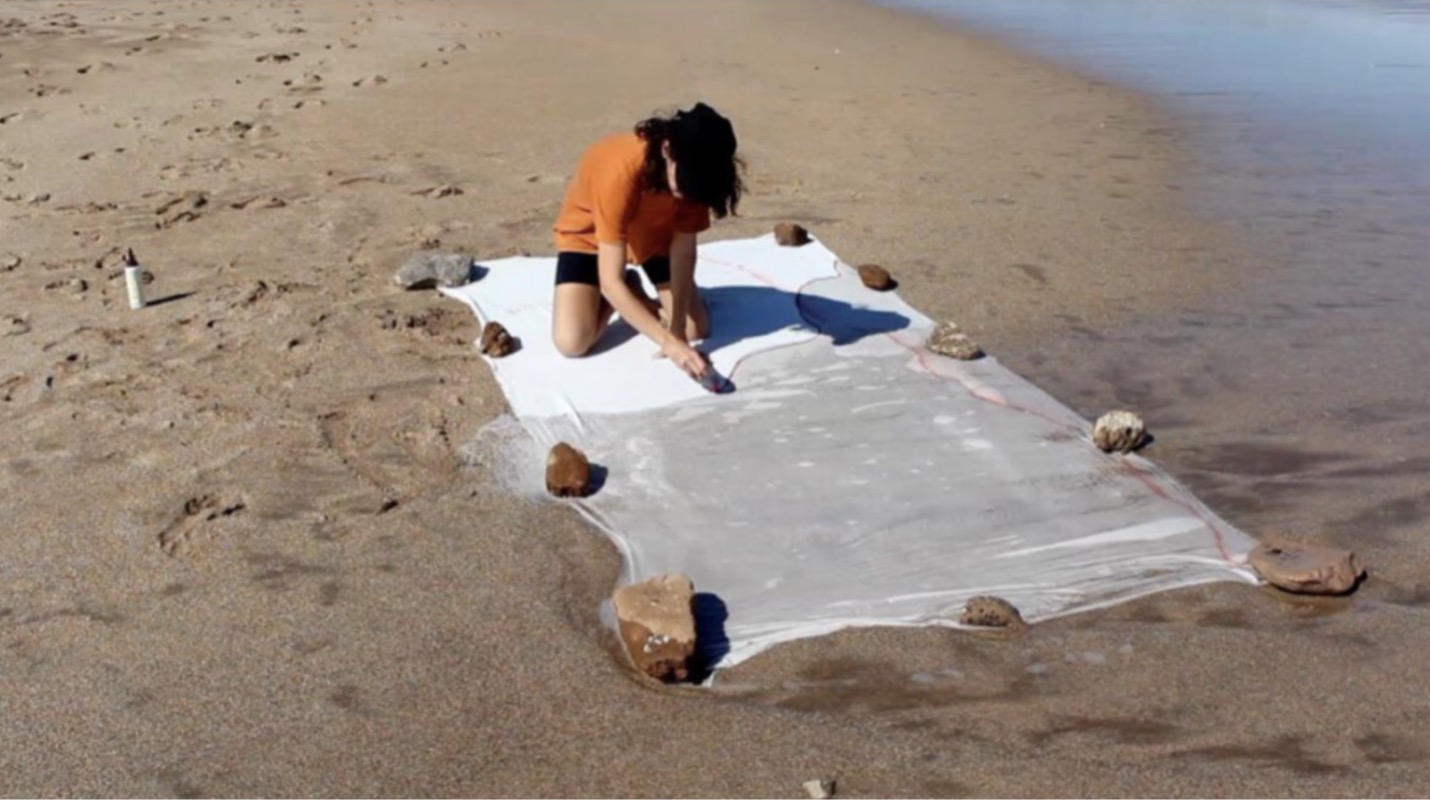Collections in Motion: What’s New on View

Rocky Ruminations
For at least 2,000 years, Chinese artists and scholars have collected unusually shaped stones, commonly known as “scholars’ rocks,” to display in their studios and gardens, regarding them as microcosmic landscapes to be explored in the mind’s eye. Their bizarre, sprawling, and pierced forms surpass the limitations of the physical world.
The stone rendered here by Liu Dan is painted on an almost planetary scale. This work is part of a larger installation examining the many ways in which artists in East Asia have manipulated scale to change the viewer’s perception of a subject.
The artist studied ink painting in China before moving to the United States, where he developed a photorealistic style and a deep appreciation for scholars’ rocks. Dan considers stones “the very stem cells of Chinese landscape paintings . . . their ability to transform is infinite.” To produce works like this one, Liu studies a rock under magnification, creates a preparatory drawing to work out the composition and shading, and then uses a grid to enlarge and transpose the drawing onto the final paper.
Liu Dan’s Scholar’s Rock is on view in Gallery 2600 through December 1, 2024.
Sculpture on Paper
Lee Bontecou and Eva Hesse met one evening in 1965, an encounter that prompted Hesse to write in her diary, “I am so amazed at what that woman can do.” Both used drawing to help resolve the formal and technical issues they were thinking about in their more well-known sculptures; yet they were also fascinated by the potential of drawing for its own sake. In a 1988 lecture at Skowhegan School of Painting and Sculpture, Bontecou put it this way: “You can travel miles within a drawing and not have to take all the baggage along. . . . You can work from your inner world rather than always the external world.”
In their works, both Bontecou and Hesse distinguished background from foreground by marking black holes or, alternatively, leaving the paper support completely bare. From this dynamic, one might see architectural structures, mechanical details, eyes, or portals to other worlds.
Works by Bontecou and Hesse, along with those by Robert Rauschenberg, Rosalind Solomon, and more, are on view in Gallery 1100 through October 7, 2024.
Fashion and Empire
Though much of the elegant ensemble worn by the woman in this portrait has roots in 16th- and 17th-century European fashions, her white cashmere shawl is a reminder of 19th-century French imperial ambitions abroad. Cashmere shawls like this one were woven in the Kashmir region of the Indian subcontinent from the soft, warm undercoat of Himalayan goats. They were exported across the Muslim world and became sought-after fashion accessories in France following Napoleon’s short-lived invasion of Egypt (1798–1801). By the 1830s, France had succeeded in colonizing parts of Algeria, and the cashmere shawl, produced over 4,000 miles away, remained a poignant symbol of the luxurious spoils of empire. Here, in contrast to the precisely rendered European-made lace, Chassériau has treated the shawl’s colorful designs in a looser, more painterly fashion that dovetails with cashmere’s material sensuality.
Portrait of a Young Woman with Pearl Necklaces is on view, along with drawings, prints, and more, in the installation Woven for the World: Picturing Kashmiri Textiles across Cultures in Gallery 2120 through October 20, 2024.
Tara Metal is the Digital Content Manager and Strategist at the Harvard Art Museums.


